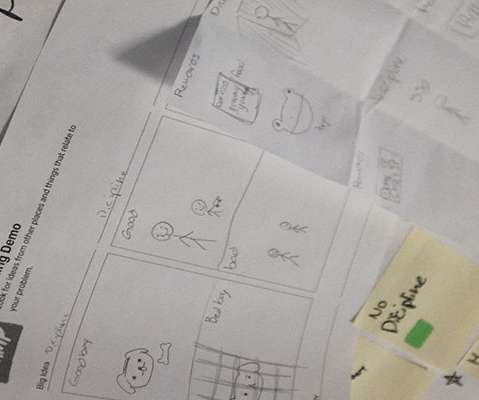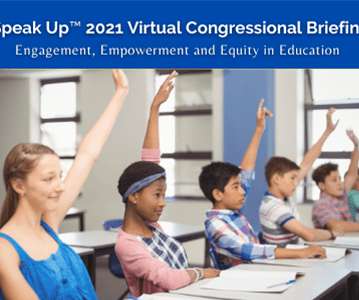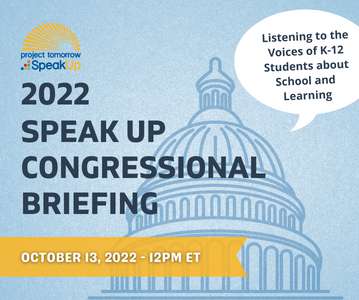ISTE Certification 01
Dangerously Irrelevant
JANUARY 7, 2022
When we created the nation’s first graduate program designed to prepare a technology-savvy school administrator at the University of Minnesota (way back in 2003!) , ISTE was one of our most important partners in that work. ISTE also has invited us to reflect on what it means to be part of an online professional learning network.



















Let's personalize your content